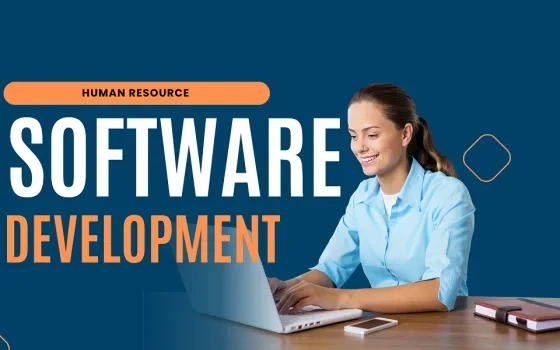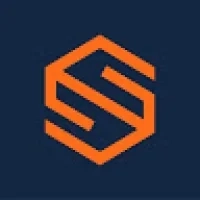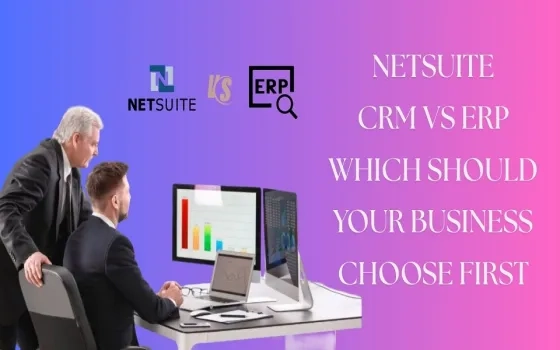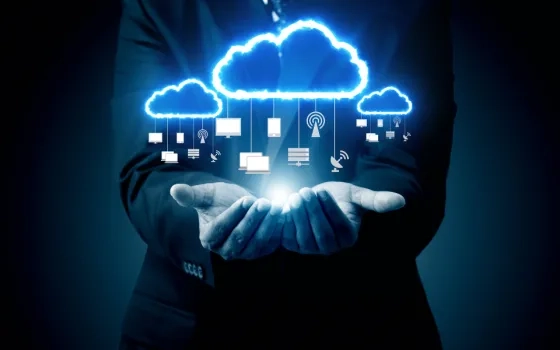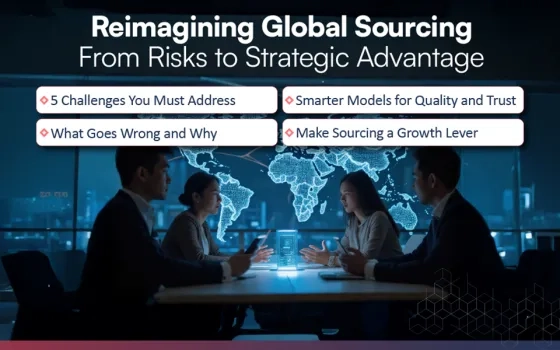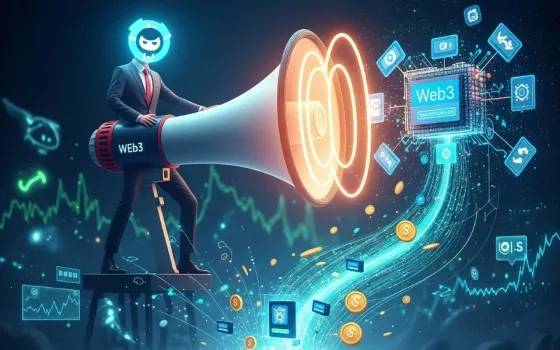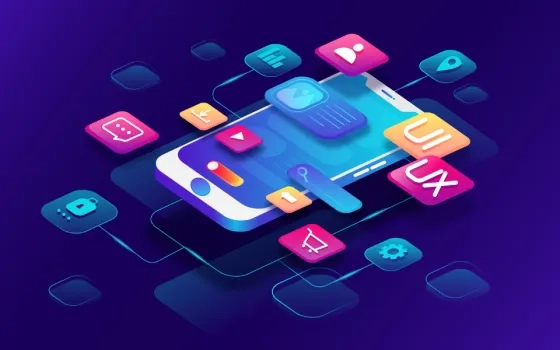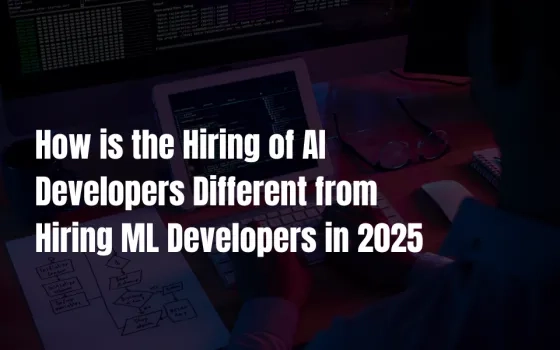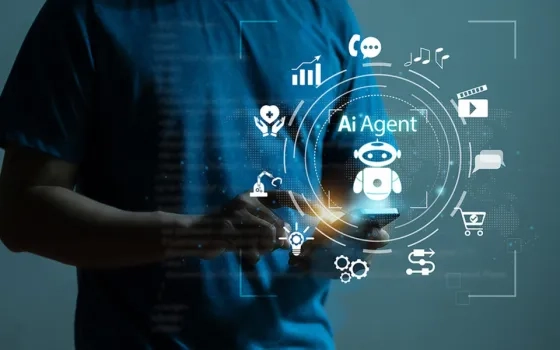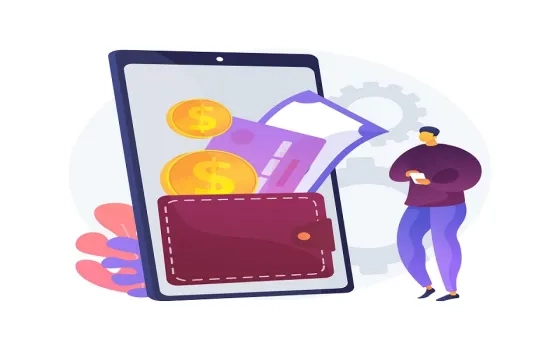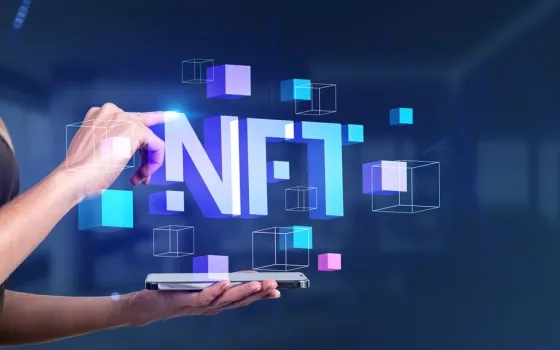Human resources software is a type of business management software that focuses on employee management. The function of HR software is to help employers ensure they are following the laws and regulations in their countries by tracking employee information, such as wages and vacation time, job performance, attendance records, and disciplinary issues. The purpose of this blog is to give you an idea of what HR software can do for your business. It will also provide some tips on how to choose an HR system for your company's needs. HR software is a tool that helps businesses effectively manage their workforce. If you are looking for an effective way to track all employee information and improve your workplace culture, it is wise to consider investing in HR software.
What makes good HR software?
Human resources are irreplaceable in any industry. It's very superficial to operate a business or restaurant without human intelligence and interference. However, we agree that humans are bound by their limited capabilities. Adding wings to humans is where technology comes in!
That said, human resource management software is a technological solution to assist the human resources department in its daily work. Human resource management software helps managers maintain employee personal data, work time and attendance, and current and past projects in an organized manner.
A good human resource management system can create data-driven reports that benefit management in team performance management, human capital management, talent management, and payroll processing.
Employees can check how long it took them to complete a specific project and can plan their work, day, or even week accordingly.
All businesses, small or large, regardless of size, can use a human resource management system to simplify administrative work.
Why you need HR software
1. Simplifies administrative work
Imagine an HR department manually managing all the paperwork for new employees, keeping a physical record of their time and attendance, projects, and vacation time. Sounds like too much? Plus, with so many documents and information involved, there's a higher chance of making mistakes.
Human resource management software can automate the entire process. It can digitize onboarding-related paperwork and allow new employees to complete it online. It maintains a record of time and attendance, which can help with employee payroll.
Human resource management software can help the department avoid repetitive and tedious tasks.
2. Workforce management
Human resource management software offers various self-service tools, reducing employees' dependence on HR managers. Imagine employees heading to the HR desk for every little query and clarification. And managers, stop your work halfway to address employee issues from time to time. It's a waste of time and productivity for both staff and the HR manager.
One of the key features of an HR management system is employee self-service. With this, staff can track their own time and attendance. In the event of a missed check-in or late check-out, employees can regulate their attendance without disturbing the HR department. Similarly, they can track the progress of their project and ensure it's completed before the deadline. Additionally, all employee-related documents are centralized, making it easy for employees to access their personal data anytime they want.
And if employees want to update their documents or personal records, they can do so independently without having to go to the HR desk. Self-service tools lead to better workforce management.
3. Performance Management
Human resource management software allows for better management of the people working in your office or restaurant. One of the key features of an HR management system is workforce analytics. This allows managers to see employees' job performance. And if they find any deviation from the desired result, they can implement a relevant training plan for those employees.
The people analytics function also helps track employee turnover rates. If the employee turnover rate becomes higher, management can take steps to reduce it. For example, management can pay special attention to ensuring employees are assigned the job they were originally hired for, encourage staff to take vacations to relax, or create flexible work schedules.
Trust us, HR software has more...
4. Better Communication
In business, communication is like the chain that holds different teams and departments together. Clear communication leads to coordinated efforts and enables employees to deliver faster and more consistently. The human resource management system provides an internal chat, where employees can discuss their projects, strategies, and related queries.
Additionally, if management announces an early bonus, a change in leave policy, or any special meetings, the human resource management software notifies employees through its mobile or web app.
The human resource management software also allows team leaders and managers to provide feedback to staff members regarding work time, attendance, and more. This helps employees streamline their actions accordingly. At the same time, employees can also provide feedback.
5. Data Centralization
Since all employee data is maintained online in a centralized system, staff members can access it at any time. If you want to make changes or add updated documents, you can do so online through the HR software management system, eliminating the need to visit the HR desk from time to time to make adjustments.
6. Easier Payroll
An HR management system can record employee time and attendance, the number of hours or days worked, vacation time, and more. When you integrate your HR management software with your payroll software, it helps financial managers issue accurate paychecks.
7. Improved Decision-Making
Previously, managers handled paperwork related to employee onboarding or dismissal manually. They would spend half their time manually maintaining spreadsheets to record employee time and attendance and handle payroll receipts. With HR management software that automates the entire process, managers can spend their valuable time on strategic tasks like employee retention, finding the right employee for the company, and improving employee experience and employee engagement. Automating administrative tasks and basic HR work improves your overall productivity.
Types of HR software and how can it help you?
1. Human resource management system (HRMS) HR
Managers have to deal with many documents on a daily basis, from employees' personal details to their qualification and appraisal tests. Completed and final settlement documents and feedback forms from outgoing employees are added to the files. All these documents are of great importance and require a lot of manpower to handle. Therefore, companies rely on the combination of HRMS systems that connect human resource management and information technology through The Human Resource Management System (HRMS) assists managers in recruitment, payroll management, leave approvals, performance management and reviews, attendance tracking, and overall maintenance and management of employee data. Now, they can focus on strategic tasks and other high-priority areas.
2. Human Capital Management (HCM)
This is one of the most crucial programs. It helps companies find the right candidate for the job. The right person in the right position can help the company move toward its goal more quickly.Human Capital Management (HCM) assists managers in the recruitment, onboarding, and training processes.Human Capital Management (HCM) helps management track and evaluate employee performance. It helps detect any variances, if any, between actual and desired outcomes. Consequently, managers can plan and suggest a training program for staff.
The right training program can help improve employees' skills, turning them into valuable assets for the company.The main objective of the Human Capital Management (HCM) system is to strengthen the workforce to increase the company's productivity and, ultimately, profits.
3.Applicant Tracking System (ATS)
Finding the right candidate is a lengthy process, involving sifting through hundreds of resumes. Don't worry, the Applicant Tracking System is here to help!
An ATS helps process hundreds of applications and resumes in just a few minutes. Yes, no manager, no matter how qualified, can match the speed of an applicant tracking system.
Applicant tracking systems use a keyword approach to find the right candidate. For example, if a company is looking for a candidate for a content writer position, the hiring manager might use related keywords such as copywriter, editor, editing, grammar, etc. Once the keywords are selected, the applicant tracking system will select resumes with the most relevant keywords. The hiring manager can then select them based on work experience and the qualifications required for the position.
4. Payroll system
The main reason we literally roast ourselves at work is the paycheck we receive at the end of each week or month! Dragging ourselves to work on rainy mornings and finding some motivation to work on a less-than-interesting project can be in vain if there's a discrepancy in the paycheck.
To ensure a smooth payroll process in your company, payroll software plays an important role. It helps organize all work related to employee salaries and taxes.
Payroll software tracks employee hours, attendance, calculates wages, withholds taxes, prints and delivers checks, and more.All the manager has to do is enter the hours an employee is supposed to work and the salary details. And the system is ready.
In the event of a tax policy revision, most payroll software updates itself and notifies staff members.
How to create excellent human resources software?
Identify the needs and nature of your business and make a list of requirements.Choose tools that can track employee performance by project. Setting short-term goals and providing real-time feedback is the new norm in the industry.It includes key features such as time and attendance tracking, shift management, hiring, and payroll management.Ensure the app isn't limited to the web and also has a mobile app. This can improve the employee experience.Set your budget and see what works best for you: purchasing a HR software system or opting to outsource.
What does a good human resources software need?
A user-friendly interface that can really simplify the manager's job.Key features should include workforce management, talent management, and time and attendance tracking.
Employee self-service tools to reduce staff dependence on HR managers and vice versa.The best HR software is one that can produce easy-to-use, date-based reports for evaluating job performance. Integrations boost the performance of any software. Make sure your HR software supports integrations.And most importantly, is your HR management software flexible enough to meet changing business demands?
Costs of creating human resources software
The cost of creating HR management software depends on the key features you need, in addition to fixed costs. And, whether you need a mobile app or not, you'll choose between an iOS app or an Android app. Additionally, each company has its own price list.
On average, developing HR management software can cost around $100,000 (including management, platform, and development costs). It can go up to $180,000, depending on the modules you want.
Conclusion of the human resources software
Human resource management software improves employee management by automating managers' daily administrative tasks. With features like time and attendance tracking, managers can keep a close eye on staff and ensure discipline.
Data-driven reports provide managers with a detailed view of employee performance, goals achieved, deadlines met, and employee turnover rates. This helps management plan fair evaluations.
Self-service tools help employees monitor and manage their own performance if they're meeting daily or weekly goals or falling behind on a project. With self-service tools, employees can set their own deadlines and goals to ensure timely completion of work.
All of these features facilitate coordinated efforts, ensuring smooth business operations and improved decision-making. Therefore, it's important to be more careful when choosing HR management software for your company.



